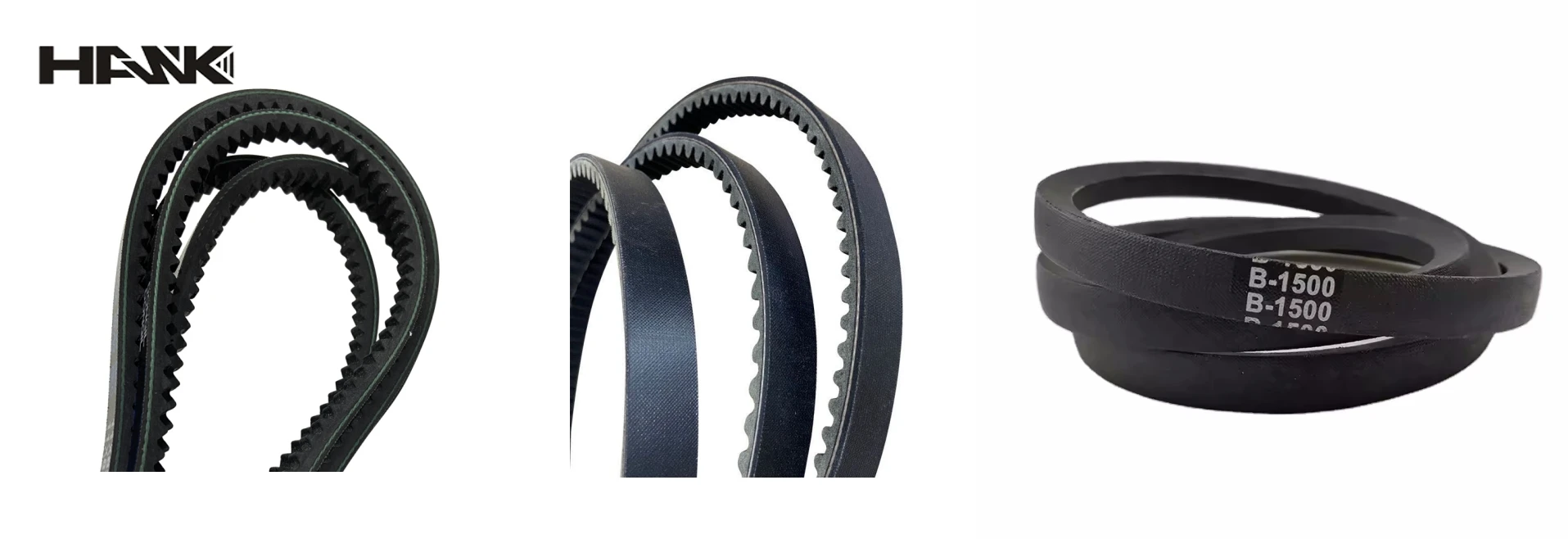- Arabic
- French
- Russian
- Spanish
- Portuguese
- Turkish
- Armenian
- English
- Albanian
- Amharic
- Azerbaijani
- Basque
- Belarusian
- Bengali
- Bosnian
- Bulgarian
- Catalan
- Cebuano
- Corsican
- Croatian
- Czech
- Danish
- Dutch
- Afrikaans
- Esperanto
- Estonian
- Finnish
- Frisian
- Galician
- Georgian
- German
- Greek
- Gujarati
- Haitian Creole
- hausa
- hawaiian
- Hebrew
- Hindi
- Miao
- Hungarian
- Icelandic
- igbo
- Indonesian
- irish
- Italian
- Japanese
- Javanese
- Kannada
- kazakh
- Khmer
- Rwandese
- Korean
- Kurdish
- Kyrgyz
- Lao
- Latin
- Latvian
- Lithuanian
- Luxembourgish
- Macedonian
- Malgashi
- Malay
- Malayalam
- Maltese
- Maori
- Marathi
- Mongolian
- Myanmar
- Nepali
- Norwegian
- Norwegian
- Occitan
- Pashto
- Persian
- Polish
- Punjabi
- Romanian
- Samoan
- Scottish Gaelic
- Serbian
- Sesotho
- Shona
- Sindhi
- Sinhala
- Slovak
- Slovenian
- Somali
- Sundanese
- Swahili
- Swedish
- Tagalog
- Tajik
- Tamil
- Tatar
- Telugu
- Thai
- Turkmen
- Ukrainian
- Urdu
- Uighur
- Uzbek
- Vietnamese
- Welsh
- Bantu
- Yiddish
- Yoruba
- Zulu
ഒക്ട് . 18, 2024 20:49 Back to list
Understanding the Benefits and Applications of Steel Timing Belts in Mechanical Systems
The Importance of Steel Timing Belts in Modern Machinery
In the realm of engineering and manufacturing, timing belts play a crucial role in ensuring the smooth operation of machinery. Among the various types of timing belts available, steel timing belts have gained significant popularity due to their unparalleled durability, precision, and efficiency. This article delves into the advantages and applications of steel timing belts, exploring how they are revolutionizing various industries.
What are Timing Belts?
Timing belts are essential components used in mechanical systems to synchronize the rotation of shafts and other moving parts. They are designed with teeth that interlock with corresponding grooves in the pulleys, ensuring that power is transmitted accurately from one component to another without slipping. Traditional timing belts are often made from rubber or polyurethane, which, while cost-effective, can wear out over time, leading to reduced performance and increased maintenance costs.
The Advantages of Steel Timing Belts
Steel timing belts, as the name suggests, incorporate steel reinforcement within the belt structure. This innovative design offers numerous benefits
1. Enhanced Durability Steel timing belts are renowned for their strength. The incorporation of steel fibers allows these belts to withstand higher loads and resist abrasion, extending their lifespan significantly compared to conventional rubber belts. This durability results in less frequent replacements, making steel timing belts a cost-effective solution over time.
2. Precision Performance The steel reinforcement provides a higher degree of dimensional stability, allowing for precise synchronization of machinery components. This precision is critical in applications that require exact timing, such as in automotive engines and industrial machinery. Any deviation in timing can lead to inefficiencies and potential equipment failure.
3. Heat Resistance Steel timing belts can perform reliably in high-temperature environments, making them suitable for industries that involve heat, such as metalworking and glass production. Their ability to maintain structural integrity under extreme conditions allows for uninterrupted operation.
4. Lightweight and Compact Design Despite their strength, steel timing belts are designed to be lightweight. This feature enables manufacturers to incorporate them into compact machinery designs without sacrificing performance. As a result, machines can operate more efficiently, consuming less energy.
steel timing belt

5. Resistance to Environmental Factors Steel timing belts are less susceptible to environmental challenges such as moisture, oil, and chemical exposure. This makes them ideal for applications in harsh environments where traditional rubber belts would fail or degrade quickly.
Applications of Steel Timing Belts
The versatility of steel timing belts opens up a myriad of applications across various industries
- Automotive Industry In the automotive sector, steel timing belts are used in engine systems to ensure precise timing of valves and pistons. Their durability reduces the risk of timing belt failure, which can lead to severe engine damage.
- Manufacturing and Production In factories, steel timing belts are employed in conveyor systems and automated machinery to enhance production efficiency. The reliability and precision of these belts are essential for maintaining production schedules.
- Robotics and Automation With the rise of automation, steel timing belts are increasingly used in robotic systems, where precision and reliability are paramount. Their lightweight nature contributes to improved speed and accuracy in robotic movements.
- Aerospace The aerospace industry demands components that can withstand extreme conditions. Steel timing belts meet these requirements effectively, contributing to the reliability and safety of various aircraft systems.
Conclusion
Steel timing belts represent a significant advancement in mechanical engineering, offering durability, precision, and efficiency that traditional belts cannot match. As industries continue to evolve and demand more from their machinery, the role of steel timing belts will likely expand, paving the way for innovations in performance and reliability. By embracing this technology, businesses can enhance their operational efficiency while reducing maintenance costs, ultimately leading to greater productivity and profitability. As we look to the future, steel timing belts will undoubtedly play a pivotal role in shaping the machinery of tomorrow.
-
Korean Auto Parts Timing Belt 24312-37500 For Hyundai/Kia
NewsMar.07,2025
-
7PK2300 90916-T2024 RIBBED BELT POLY V BELT PK BELT
NewsMar.07,2025
-
Chinese Auto Belt Factory 310-2M-22 For BMW/Mercedes-Benz
NewsMar.07,2025
-
Chinese Auto Belt Factory 310-2M-22 For BMW/Mercedes-Benz
NewsMar.07,2025
-
90916-02660 PK Belt 6PK1680 For Toyota
NewsMar.07,2025
-
drive belt serpentine belt
NewsMar.07,2025

